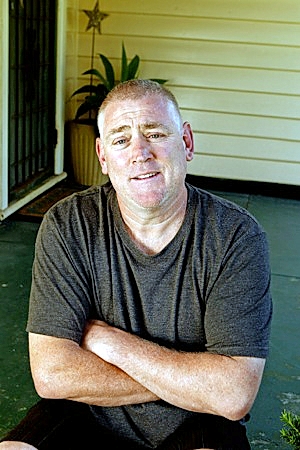When Wayne Lanning was referred to a dermatologist for a case of psoriasis, a skin cancer diagnosis was the last thing on his mind.
But that’s just what happened when his doctor spotted a freckle on the back of his right leg five years ago.
“I had shorts on and, just as I walked out the door, she asked if she could check out the freckle,” Mr Lanning said.
That freckle turned out to be a level two melanoma, which was removed a week later.
Today, the 45-year-old Newport resident has become hyper-vigilant about being sun-smart, and recently he had a lump on his ear removed. It was not cancerous.
“I got sunburnt a lot as a child … which has now caught up with me,” Mr Lanning said. “I’ve now wised up to the fact that whenever I go out in the sun, I slip, slop, slap.”
Western Health head of dermatology Anne Howard, who treated Mr Lanning, said skin cancer was commonly divided into melanoma and non-melanoma categories, with basal cell and squamous cell cancers the most common types of non-melanoma cancer.
Every Friday, Dr Howard runs a skin cancer clinic at Western Hospital. During 2013-14, more than 700 skin cancer patients were treated there. She said melanoma was common among people from the age of 18 onwards, while other types of skin cancers were more prevalent in older people.
“With melanoma, it seems particularly important not to get sunburnt, whereas with the other types of cancers it seems to be more related to long-term sun exposure, even without burning.”
Dr Howard said it was important to cover up in the sun and get checked for any new sun spots or moles that change colour.
Charlene Macaulay







